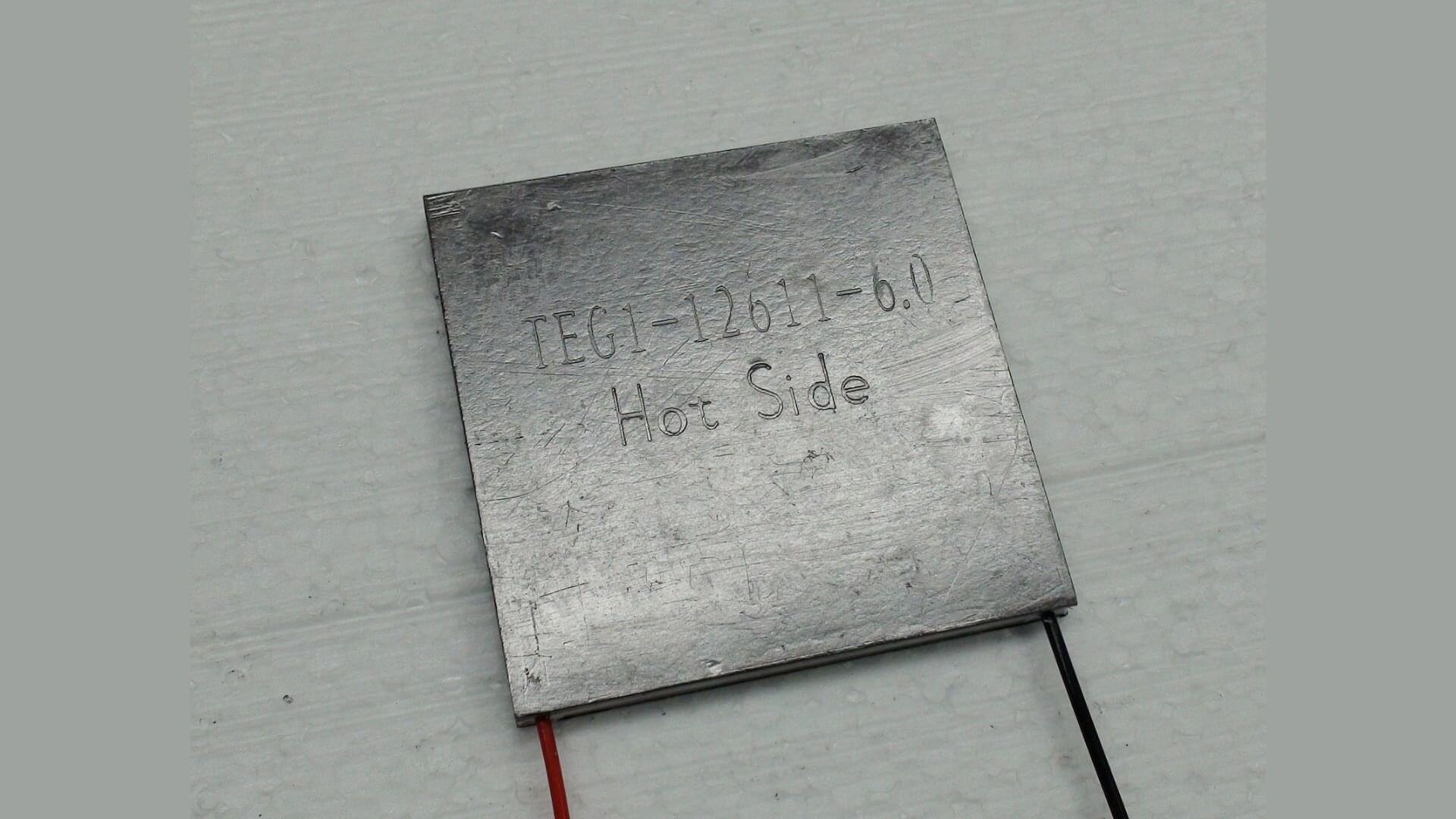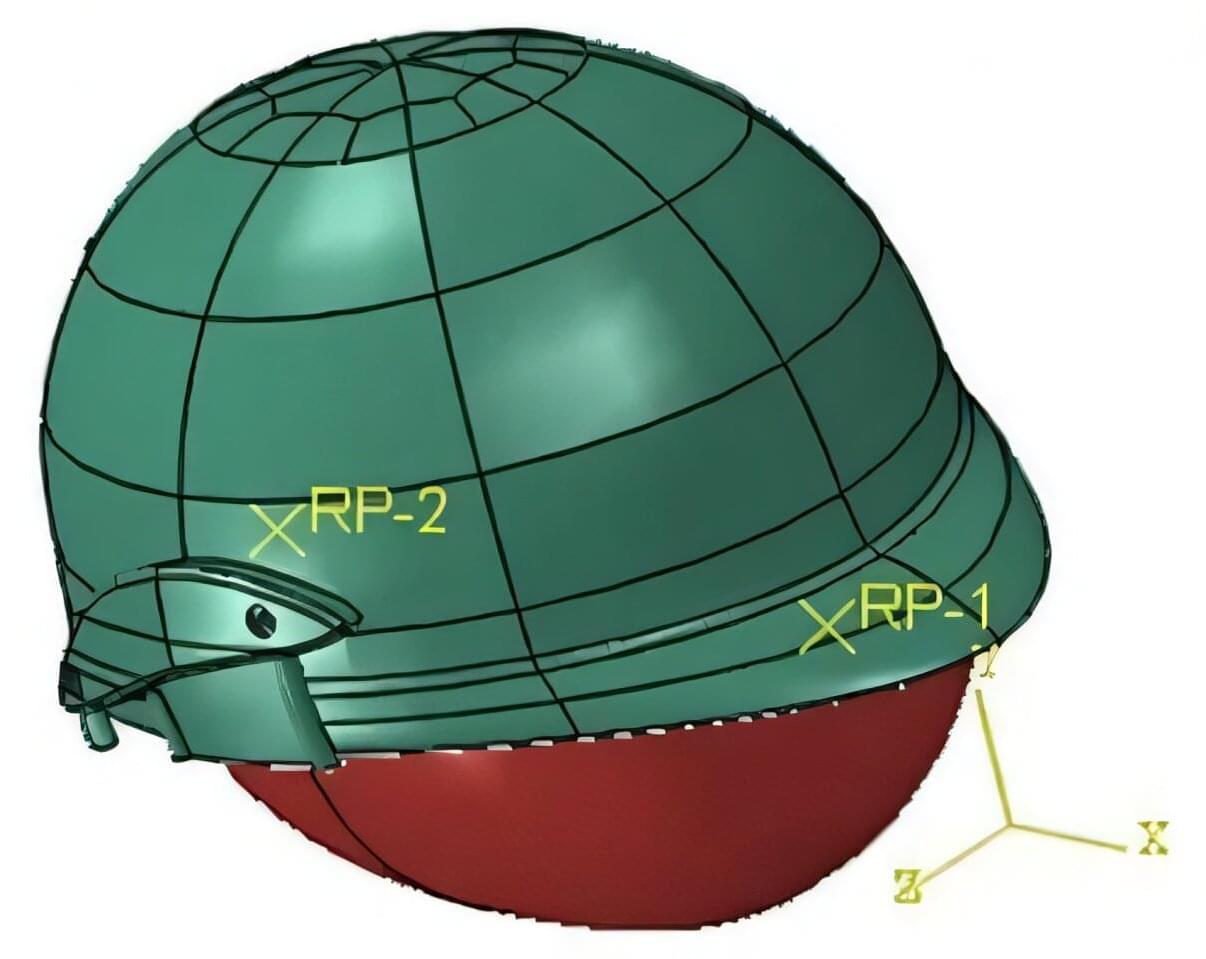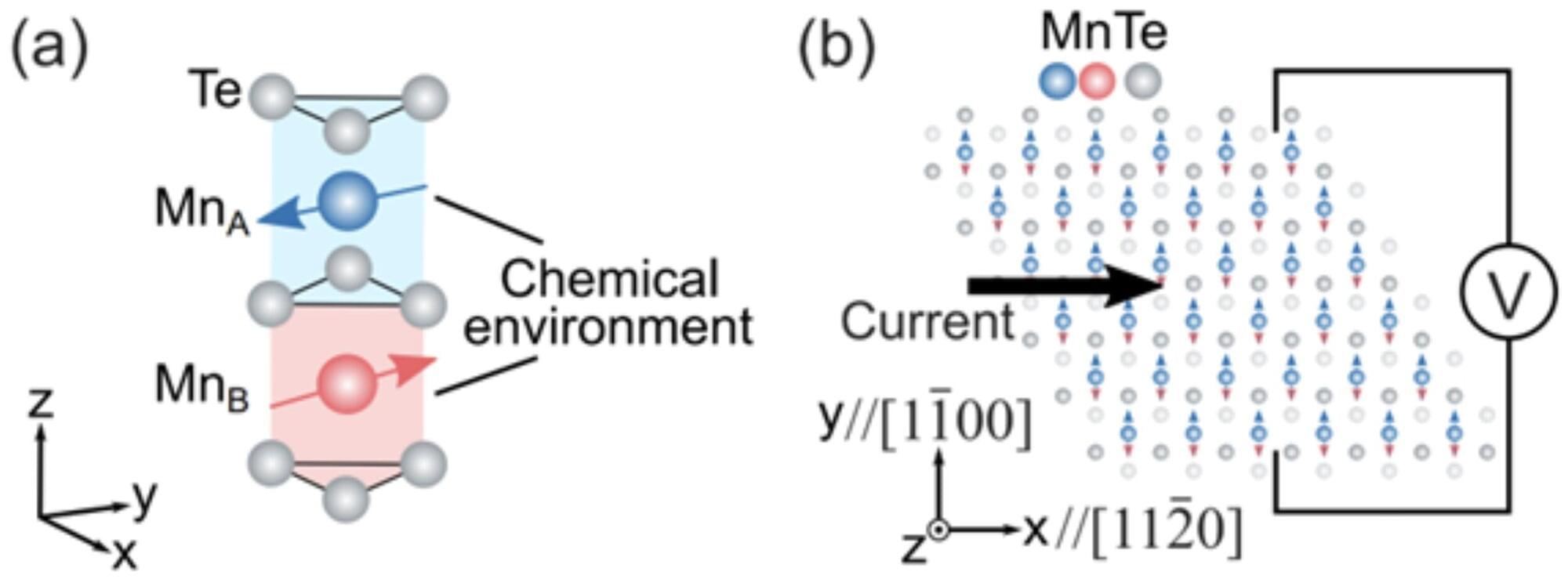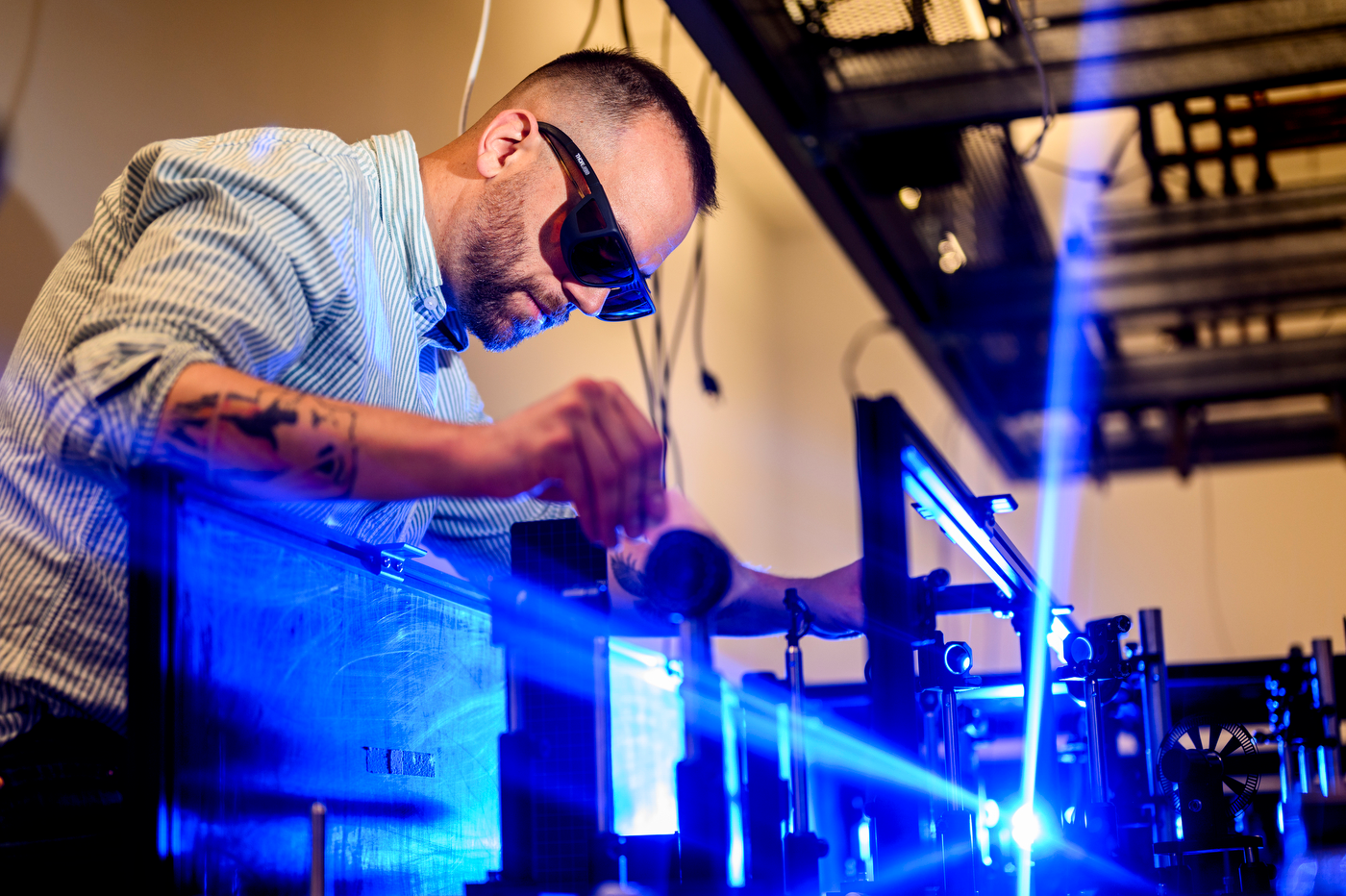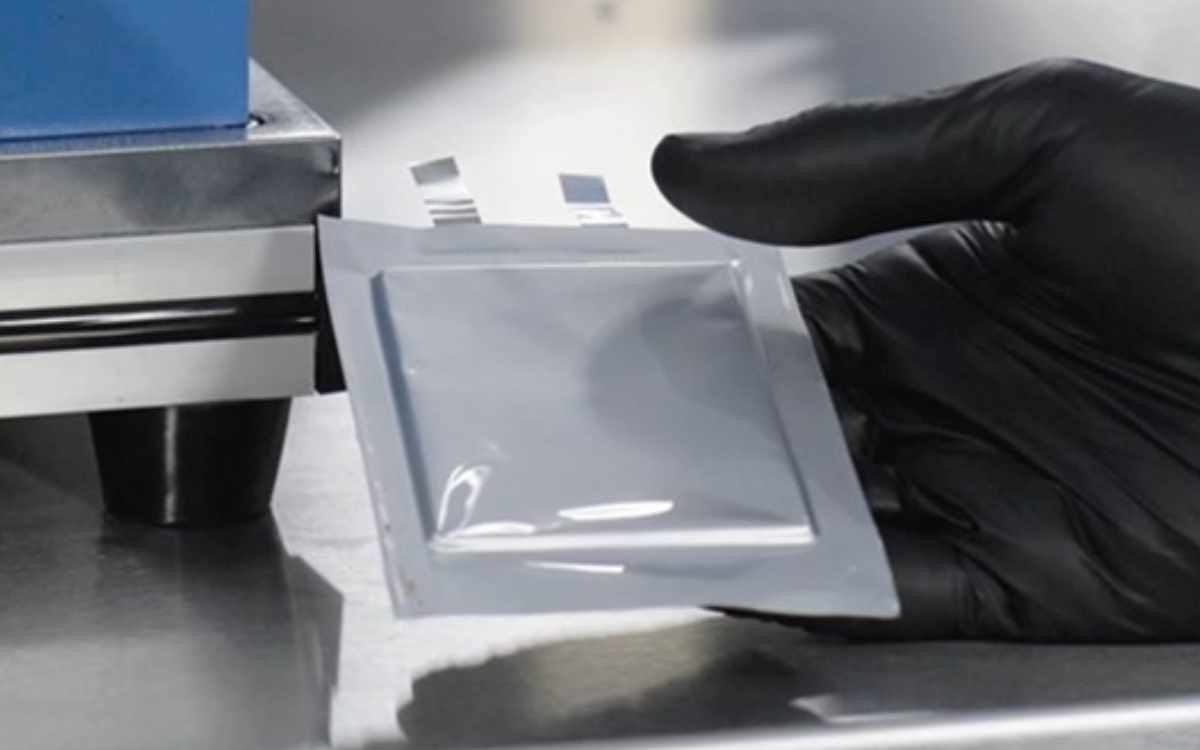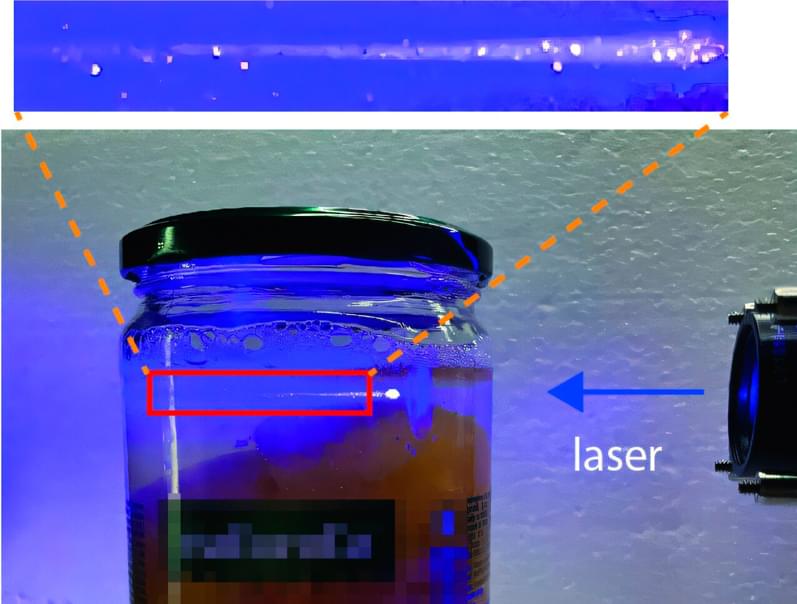In a new Nature Physics paper, researchers report the first experimental observation of the transverse Thomson effect, a key thermoelectric phenomenon that has eluded scientists since it was predicted over a century ago.
For over a century, thermoelectric effects have formed the foundation of how physicists understand the link between heat and electricity. Our knowledge of how heat and electricity interact within materials is rooted in the Seebeck, Peltier, and Thomson effects, all identified during the 1800s.
The Thomson effect causes volumetric heating or cooling when an electric current and a temperature gradient flow in the same direction through a conductor.
